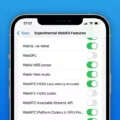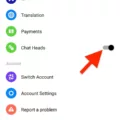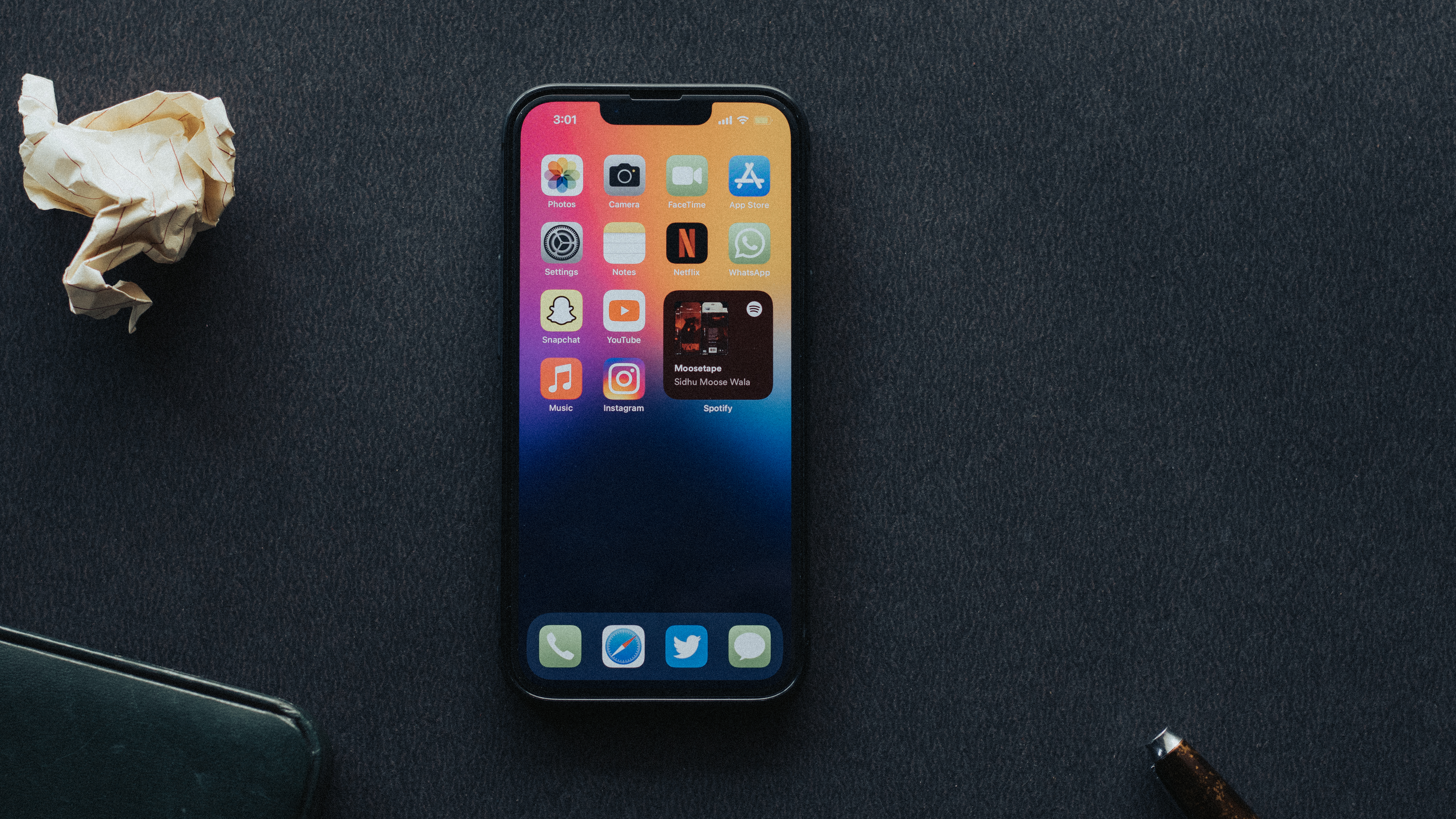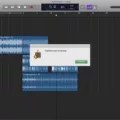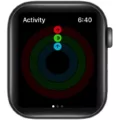Logic Pro X is an amazing music production and audio editing software for Mac users. It provides a professional sound studio environment with powerful tools and features to help you create stunning recordings, mixes, and compositions. But sometimes, when you set up your audio interface or hardware controller in Logic Pro X, you may come across the error message “No Input Source Selected”. This can be very frustrating as it prevents you from recording any audio into the app.
In this blog post, we’ll be exploring what the “No Input Source Selected” error means and how to fix it within Logic Pro X. We will also provide some useful tips for setting up your audio interface correctly so that you can avoid this issue in the future.
Firstly, let’s take a look at what the “No Input Source Selected” error means. This message appears when Logic Pro X is unable to detect any input signals from your connected audio interface or another hardware device. It means that there is no sound input coming into Logic Pro X from your external device, which makes it impossible for you to record any audio tracks into the app.
So how do we fix this issue? The most common solution is to make sure that you have selected the correct input and output devices within Logic Pro X itself. To do this, open up Logic Pro X and then go to Settings > Audio/MIDI > Devices. Here you will find two drop-down menus: one for the Output Device and one for the Input Device. Simply select your desired devices from these menus and then click “Apply Changes” at the bottom of the window.
It is also important that you check your Mac’s System Preferences > Security & Privacy > Microphone settings to ensure that Logic Pro X has permission to access your connected audio interface inputs. You might need to click on “Allow” or “Allow Access” in order for Logic Pro X to access your inputs properly.
Finally, if all else fails then try restarting both your computer and audio interface before testing again in Logic Pro X – this could solve any lingering connection issues between them both!
We hope this blog post has helped clear up any confusion about why “No Input Source Selected” appears in Logic Pro X and has provided some useful tips on fixing it quickly so that you can get back to recording great music!
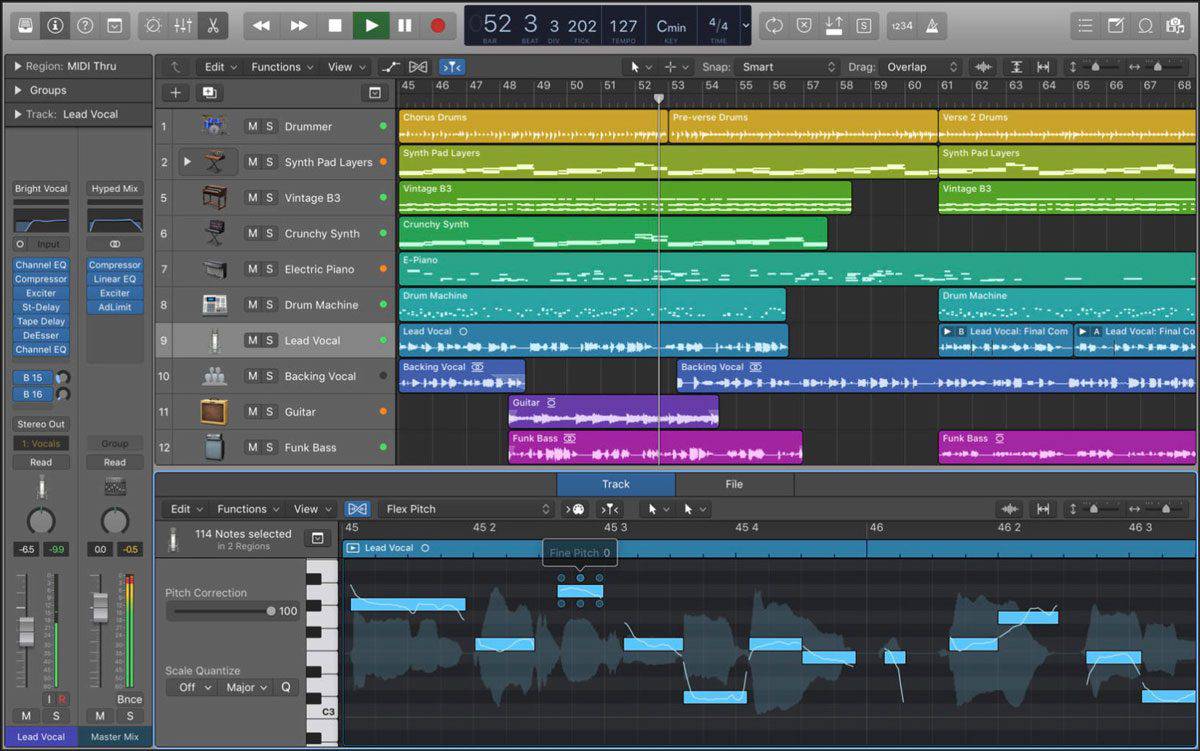
Troubleshooting No Input in Logic
To fix the issue of no input in Logic Pro, you first need to open the application and then choose Logic Pro > Settings (or Preferences) > Audio/MIDI > Devices. From the Output Device pop-up menu, select Built-In Output. From the Input Device pop-up menu, select Built-in Microphone (or Built-in Input depending on your computer). Once these settings are applied, open and play back a project that may have been experiencing issues to ensure that your input is now working properly.
Selecting an Input Source in Logic Pro X
To select an input source in Logic Pro X, you must first open the Preferences window. To do this, select “Logic Pro X” from the top menu bar, then click “Preferences” from the drop-down menu. Once the Preferences window is open, click on the “Devices” tab. On this tab, you will find two drop-down menus: one for Input Device and one for Output Device. Select your desired input source from the Input Device drop-down menu. If you have made any changes to your selection, make sure to click the “Apply Changes” button at the bottom of the window before continuing.
Troubleshooting Issues with Logic Not Recording Microphone
It’s likely that Logic Pro X doesn’t have permission to access your microphone. To fix this, go to macOS System Preferences > Security & Privacy > Microphone and make sure you’ve ticked the box for Logic Pro X to allow it access. If you’re still having trouble after taking this step, please provide more details such as your audio interface model, Mac model, etc. so we can try and help further.
Changing the Input Device in Logic Pro
In order to change the Input Device in Logic Pro, open the Audio Settings window by selecting Logic Pro > Settings > Audio (or using the Open Audio Settings key command). Once this window is open, click the Devices button. This will display a list of all available audio devices connected to your system. Select the device you want to use as your input device from this list, then click the OK button at the bottom of the window. Your selected input device will now be used when recording audio in Logic Pro.
Troubleshooting ‘No Audio Output Detected’ Issue
To fix the “No Audio Output Detected” error, you’ll need to update your audio driver. Here’s how to do it:
1. Click on the Start menu (Windows logo) or press the WIN key on your keyboard and type in “Device Manager”.
2. Once Device Manager opens, expand the “Audio inputs and outputs” section by clicking on the arrow next to it.
3. Right-click on your audio device and select “Update driver” from the drop-down menu.
4. You will then be prompted to choose from two options: Automatic or Manual updates. Select “Automatic” if you want Windows to download and install updates for you, or select “Manual” if you want to manually install them yourself.
5. Follow the instructions provided by Windows until the update is complete, then restart your computer for the changes to take effect.
Enabling Input Monitoring Logic
To enable input monitoring in Logic Pro, first, click the “I” icon located in the track header. This will turn on the Input Monitoring button for that track. You can then adjust the input monitoring settings for that track by clicking on the Input Monitoring menu in the top right corner of the track header. From here, you can choose to monitor either input 1 or 2, or both at once. You can also adjust the volume and pan settings from this menu. Once you have adjusted your desired settings, click OK to save them and enable input monitoring for the track. To turn off input monitoring for a track, simply click on the Input Monitoring button again in the track header.
Setting Up a Microphone in Logic
Setting up a microphone in Logic Pro is quite simple. First, connect the microphone to your computer using an XLR cable. Then, in the Logic Pro toolbar, click on the “Add Tracks” button. In the “New Tracks” dialog, select either the “Microphone” icon or the “Guitar” icon at the top of the window to create an audio track for recording from your microphone.
Next, select your microphone as the input device for this track by clicking on the Input pop-up menu in its channel strip and choosing your microphone from the list of available inputs. Finally, make sure that you have activated monitoring for this track. You can do this by clicking on the Monitor button located at the bottom of its channel strip. Now you are ready to record!
Conclusion
In conclusion, Logic Pro X is an incredibly powerful DAW (Digital Audio Workstation) that provides users with a variety of features and tools to help them create professional-quality music. It has a user-friendly interface and provides tools for audio editing, mixing, mastering, and more. Logic Pro X also supports multiple input and output devices, allowing users to customize their setup and work with their preferred hardware. With its strong feature set, Logic Pro X is a great choice for any musician or producer looking to make professional-sounding music.

